Product Description
STANDARD FEATURES
| Burning Chamber Capacity | 0.75m with glass observation door |
| Burning Angle | 20 , 45 , 90 (ie 0 ) adjustable |
| Flame Time | 0 ~ 99 minutes 99 seconds can be set |
| After Flame Time | 0 ~ 99 minutes 99 seconds can be set |
| After Glow Time | 0 ~ 99 minutes 99 seconds can be set |
| Burner Dimensions | The inner diameter of the nozzle is 9.50.3mm, the effective length of the nozzle is 10010mm, and there is an air adjustment hole |
| Combustion Gas | LPG gas (Customize) |
| Flame Height | Adjustable from 20mm to 175mm as standard |
| Features | It is also equipped with lighting device, air extraction device, gas flow regulating valve, gas pressure gauge, gas pressure regulating valve, gas flow meter, gas U-shaped pressure gauge and sample fixture |
| Power | AC 220v 50HZ |
The Horizontal and Vertical Combustion Tester is a specialized equipment for evaluating the combustion performance, fire resistance and flame retardant effect of materials (such as plastics, rubbers, textiles, electronic product shells, etc.) under different combustion conditions. By simulating two different combustion directions, horizontal (horizontal combustion) and vertical (vertical combustion), this equipment tests the combustion behavior of materials under the action of flame to determine whether they comply with relevant safety standards and regulatory requirements. The following is a detailed description of the Horizontal and Vertical Combustion Tester:
1. Functions and Uses
Simulate the burning environment:
Through the action of flame in the horizontal or vertical direction, simulate the burning conditions that the material may encounter in actual use and evaluate its burning performance.
Horizontal Combustion Test:
Evaluates the burning performance of materials in the horizontal direction, including burning speed, burning time, drip behavior, etc.
Vertical Combustion Test:
Evaluates the combustion performance of the material in the vertical direction, including flame spreading speed, burning time, dripping behavior, etc.
Flame Retardant Performance Evaluation:
Evaluate the flame retardant treatment effect of the material to ensure that it meets the relevant safety standards and regulatory requirements.
Quality Control and R&D:
For quality control during material production, as well as R&D and performance optimization of new products.
Equipment structure schematic diagram and function
Combustion chamber: stainless steel, high-temperature-resistant glass observation window, built-in specimen clamping frame (angle adjustable 0-45).
Gas system: precision flow meter (0-1000 mL/min), pressure reducing valve, automatic ignition device.
Control panel: touch screen operation, preset UL94 V0/V1/V2 test program, support manual/automatic mode switching.
Exhaust system: centrifugal fan (air volume 200 m/h) + activated carbon filtration, in line with laboratory exhaust emission standards.
Common Problems and Solutions
- Problem 1: Unstable flame height
Cause: Gas pressure fluctuation or clogged nozzle.
Solution: Adjust the pressure reducing valve to 0.1 MPa and clean the nozzle with a through needle.
- Problem 2: Large deviation of after-flame time
Reason: Uneven thickness of specimen or improper pretreatment.
Solution: Cut the specimen strictly according to the standard, humidity control 3% RH.
- Problem 3: equipment alarm shutdown
Reason: the exhaust gas discharge resistance is too large or the temperature exceeds the limit.
Solution: Check whether the exhaust pipe is blocked, reset the thermal protection switch.
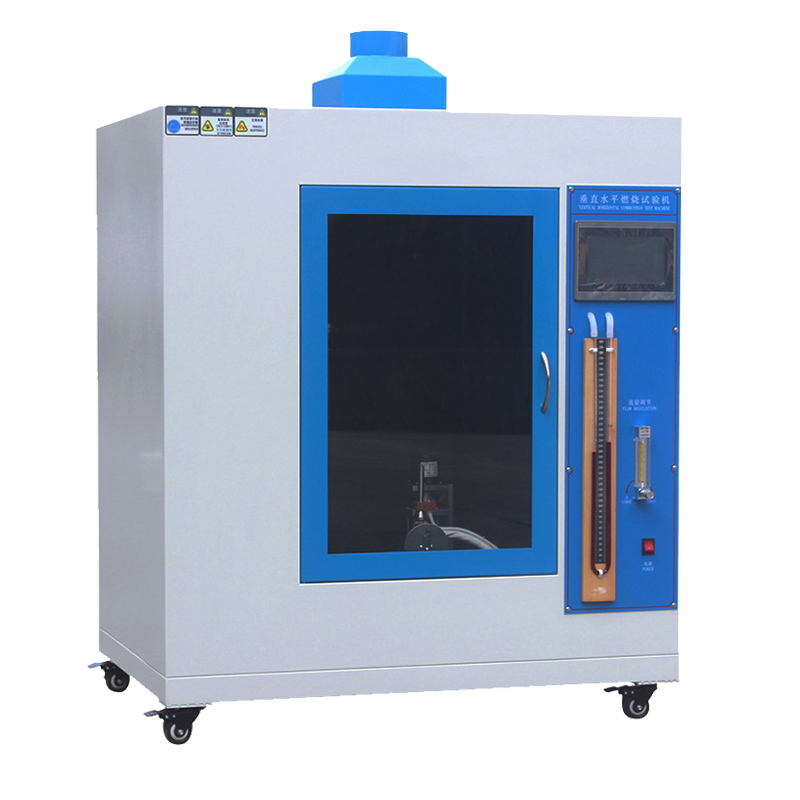




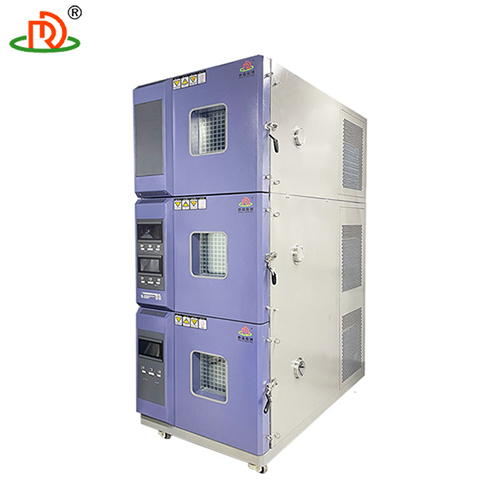
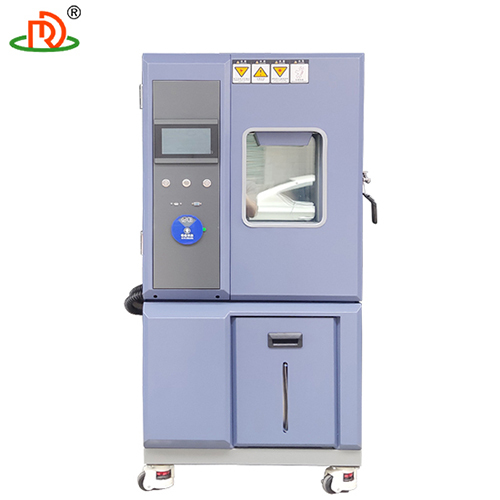
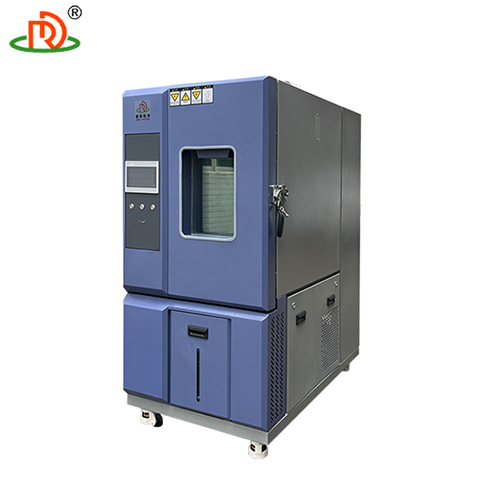
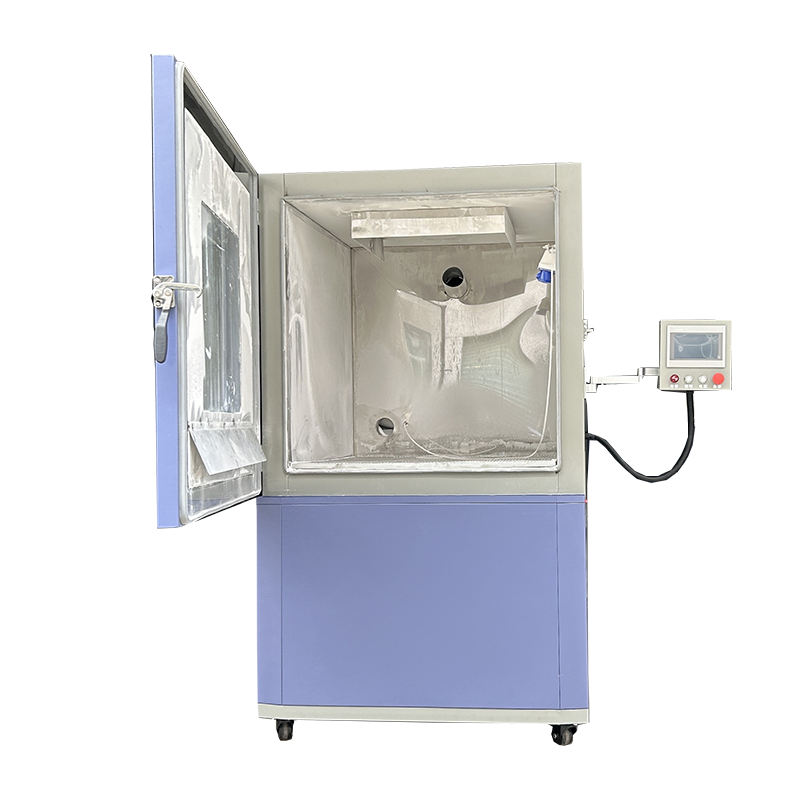

 English
English Spanish
Spanish French
French German
German Italian
Italian Chinese (Simplified)
Chinese (Simplified) Japanese
Japanese Korean
Korean Arabic
Arabic Portuguese
Portuguese